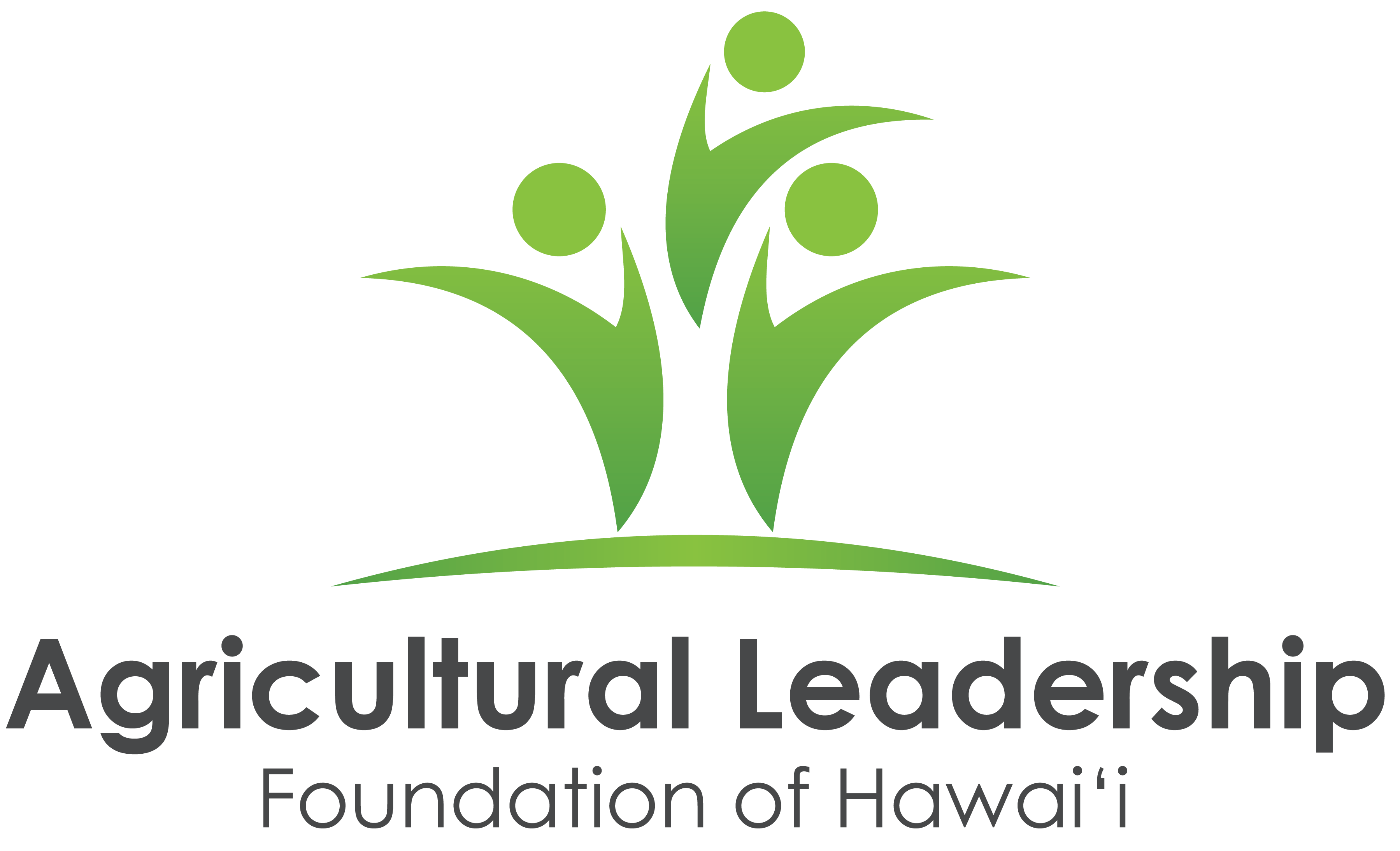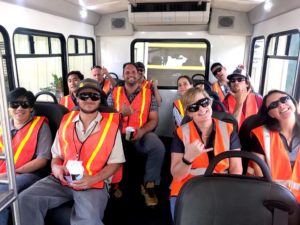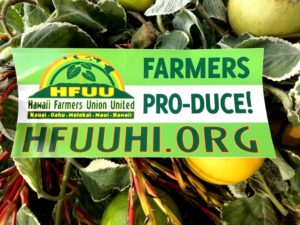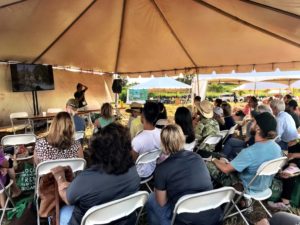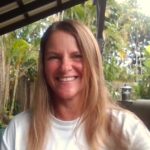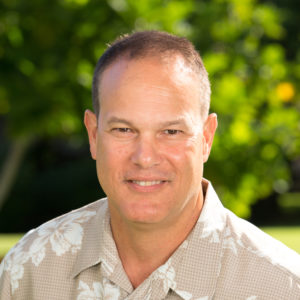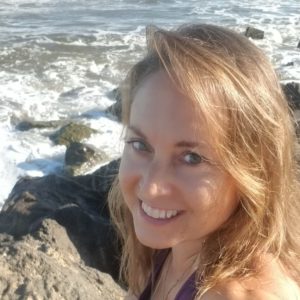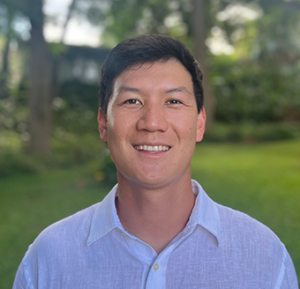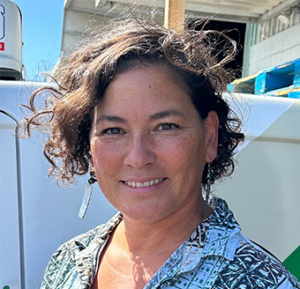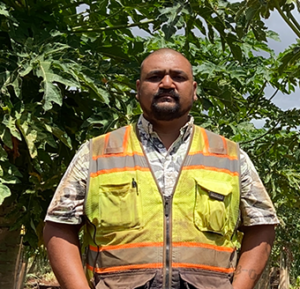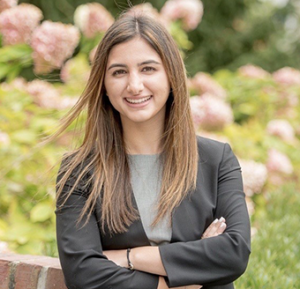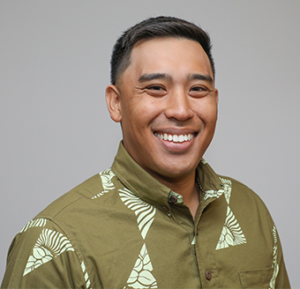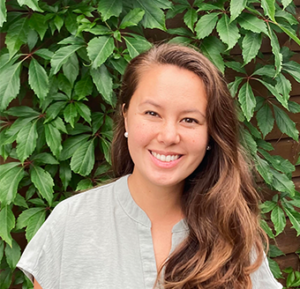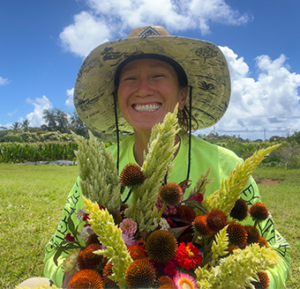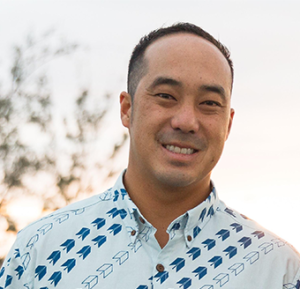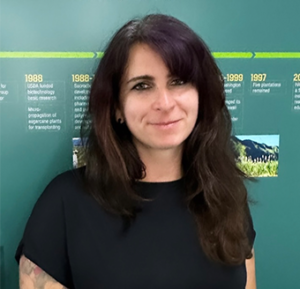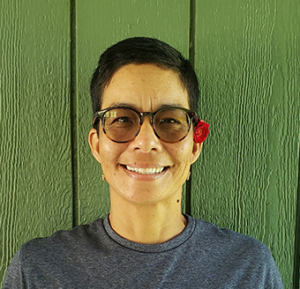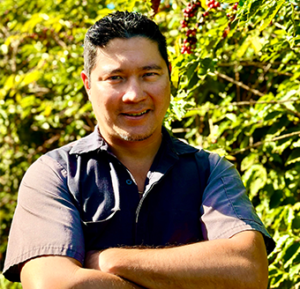What an interesting day with two visits which is quite extreme in farm practices but both trying to address, farm issues in different ways. The first site visit was with Monsanto’s and earlier Bayer acquired earlier this year. In the afternoon we attended the Hawaii Farmers Union United 8th Annual Convention in Kula, Maui “Growing Farm Resiliency”.
In the early morning, we flew from Molokai to Maui. The weather was beautiful and Yarrow Flower and the Maui Bayer team greeted us at the Kihei Station. Bruce Schnicker, PhD, Site Lead, gave us a brief overview of Bayer. “Going from a company that employs over 20,000 people to a company that employs over 120,000 people is a big change, but it is important to realize that since Bayer didn’t have a presence in Hawaii previously that we don’t expect a lot of changes to our business locally.” said Flower.
This year Monsanto’s celebrated 50 years in Kihei, Maui Hawaii and was just named in Hawaii Business Magazine – Hawaii’s Best Place to Work for 2018 and also 2017.
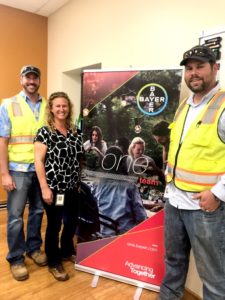
After a brief and informative overview, we put on PPE (Personal Protective Equipment) including safety glasses & a high visibility vest then went in to a comfortable bus tour with Dusty Alderks Agronomy Lead & Jason Holman, Agronomic Technical Services Lead for a tour in a secure field. Safety is a priority with this company and they have an outstanding safety record. Bayer Company is OSHA certified VPP site, the highest level of OSHA certification.
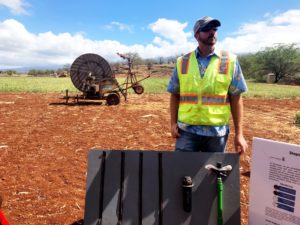
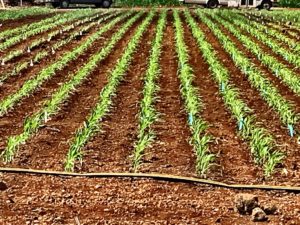
Dusty and Jason 3 messages on sustainability are:
• Water Conservation includes the use of drip irrigation. That results in a net water savings of 45-55% verses overhead irrigation. They also reuse the drip tape for cover crop irrigation and recycle the drip tape when they are done. They utilize R1: reclaimed wastewater for they irrigation needs at the farm.
• IPM (integrated pest management) is an ecosystem based approach to keeping pests below economically damaging levels through the use of biological, cultural, mechanical, and chemical control strategies. They execute this approach using pest identification and population surveys, creating a diverse habitat for beneficial insects and crop rotation. Chemical control is the last option in terms of control.
• Soil conservation efforts include minimum tillage (strip till), growing cover crops on fallow land, and working with the NRCS to create a conservation plan. These soil conservation strategies are designed to keep the soils in place and minimize wind and water erosion.
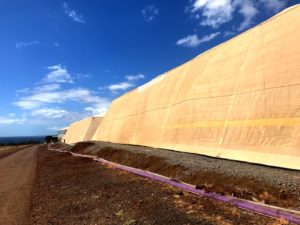
We got to see shade houses. Monsanto, now Bayer is at the forefront of helping farmers extend the growing season with the use of shade houses and screen houses. The devices are used to protect the plant as much as possible during its biological lifecycle. By using these controlled growing environments, farmers reduce pest problems, increase growth output and can better control irrigation.
Bayer provides tours for anyone interested.
It was lunchtime and Bayer hosted a beautiful lunch for us. Mahalo Bayer!
Presentations after lunch with Gene Ross Davis, Buddy Nichols and Yarrow Flower was insightful. Gene works with DHHL (Dept. of Hawaiian Home Lands). His father was born on Molokai and he is a 3rd generation. We all felt his love for the lands and people of Molokai. At the end, Gene said his mission is to lower the quantum Hawaiian blood in 5 years so that his people can continue to live on the land. I got to know Gene more when we were waiting at the airport to catch our flight back home. He said, “No jobs on Molokai. Few times I farmed on my land and I did what ever I needed to do to sustain myself and my ohana, cause no jobs on Molokai.” Because of his efforts to work relentlessly on land issues on Molokai, he proved to be a leader that would fight for his people and was given the opportunity to work for DHHL.
Buddy has been a farmer/rancher for over 40 years and transitioning from farming to becoming a USDA Farm Service Agent. Maui is fortunate to have a passionate and driven individual like Buddy. He sincerely cares about the farmers. With his knowledge and expertise he is sure to provide USDA loans to deserving farmers. He spoke about being in this “Happy Place” and creating this place of balance with farming and our personal life.
Yarrow has worked for Monsanto’s, now Bayer for 6 1/2 years as a Land Asset manager, with responsibility for land and water assets throughout the state. They have 6 farms on 3 Islands(Oahu, Maui and Molokai) totaling over 8400 acres. Since we visited her work place, Bayer, she was inspired to share about her job for 8 years with Maui Land Pineapple Company, which employed 1200 workers. Yarrow was an asset to the company and was one of 34 employee working to the very end to help finalize the deal to spin off the pineapple operations to a group of former employees in 2009. Otherwise the operations would have ended sooner. As land assets manager, she cares about the farmers on Bayer’s land and she is the protector of small farmers that lease their lands. The talks on Friday gave me an appreciation for each presenter.
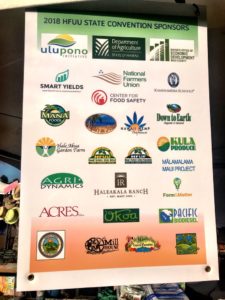
Now we were on our way to Kula, upcountry to the Hawaii Farmers Union United 8th Annual Convention held on a field with tents, displays and vendors. It was a rustic setting with attendees from all islands, including farmers, and speakers wanting to make a difference in a wholesome way. We got to hear few speakers talk about Ag Tech, Distribution of Produce, and Using Nutrition to Reduce Disease & Insect pressure, Breadfruit production and more. HFUU represents and advocates for small family farmers and ranchers on all of the Hawaiian Islands. Members include: Farm Owners/Operators, Foodies, Ranchers, Gardeners, Perma-culturalists, Cultural practitioners, Landscapers, and Suppliers & Businesses that are part of the local food chain.
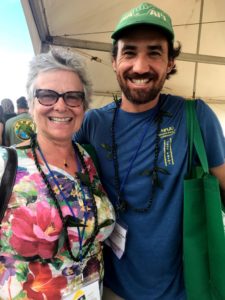
I saw several farmers from Hawaii Island that I knew, like State Representative, Cindy Evans who’s husband just planted 800 ulu (breadfruit) trees on his farm in North Kohala on Hawaii Island. She was one of the major supporters of tiny homes on farms unfortunately she did not get in for another term. Dash Kuhr has an educational farm in North Kohala and is active with HFUU as Legislative Chair.
Big farms like Bayer want to feed the world by developing new seed products that will be used by farmers all over the world. The seeds might provide the disease or insect resistance, or even drought tolerance that will make a difference for a farmer. Bigger yields mean more success for farmers. That is their goal. Then they are small family farmers like the members of HFUU that implement regenerative eco-logical techniques, in growing and raising food, creating a resilient, vital and productive agricultural system to better feed the people of Hawai‘i.
So can BIG and small farms co-exist in Hawaii? Is it possible for a farmer to find that “Happy Place” that Buddy talked about? Think about it and take a stand for Hawaii Agriculture.
